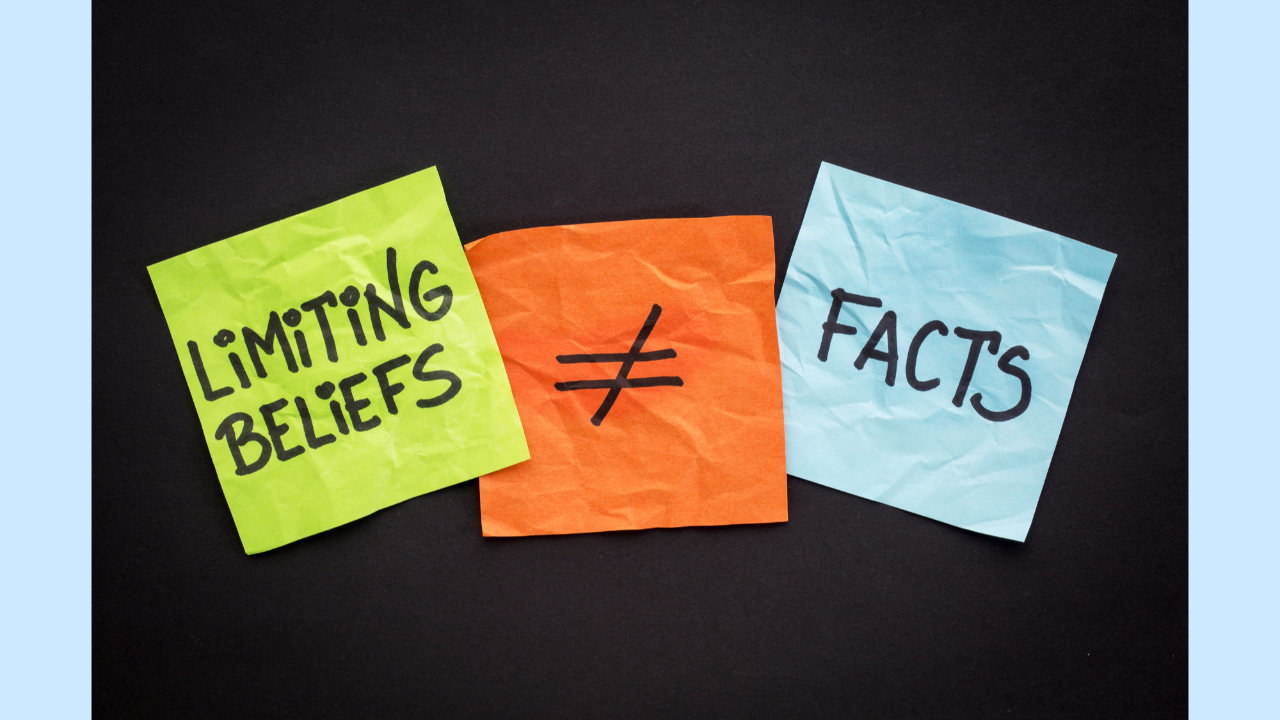The Paradox of Sadness: Embracing the Profound Beauty and Complexity of Sadness

Introduction
Sadness, a universally recognized emotion, often finds itself in the shadows of our emotional landscape. It's the feeling that most people try to avoid or suppress, associating it with negativity and discomfort. However, the story of sadness is far more nuanced. In this article, we will delve into the paradox of sadness, shedding light on its profound beauty and the multifaceted role it plays in our lives.
Sadness is a universal and complex emotion, often misunderstood and unfairly labeled as "negative." It is time to challenge this misconception and explore the deeper layers of sadness, acknowledging its importance in the human experience. We will uncover the beauty and wisdom that sadness brings, highlighting its role in personal growth, emotional authenticity, and resilience.
The Common Misconception of Sadness
Sadness, more often than not, is wrongly perceived as a "negative" emotion. Society's collective judgment of this emotion has led to the stigmatization of feeling sad. This societal pressure discourages us from acknowledging our sadness, telling us not to feel sad and instead forcing us to put on a brave face. The common misconception surrounding sadness being a "negative" emotion, often results in individuals feeling the need to hide their sadness or put on a facade of happiness. This can lead to repression and the suppression of emotions, affecting our mental well-being, often leading to increased stress and anxiety. Sadness, like any emotion, is powerful and has its benefits. It's okay to feel sad.
The Power of Emotional Authenticity
In reality, all emotions, including sadness, are essential components of the human experience. It's vital to recognize that embracing authenticity in our emotions is a cornerstone of emotional well-being. When we allow ourselves to feel sadness genuinely, we open the door to profound self-discovery and growth. Being emotionally authentic is the first step toward a more fulfilling life.
Embracing the authenticity of our emotions is a powerful tool for personal growth. By allowing ourselves to experience sadness without judgment, we can explore the depths of our inner selves and find the courage to confront our vulnerabilities and desires. This emotional authenticity serves as a foundation for a more fulfilling and authentic life.
To add on to this idea of allowing yourself to feel emotions, it is important not judge your emotions. For example, do not say, "I feel sad, and that is bad," or "sadness is a bad emotion" because in doing so, you do not give yourself the chance to truly feel the emotion; the feeling becomes clouded with judgement. Instead, learn to accept and feel all emotions; all emotions serve a purpose and have their time and place. Therefore, just note the emotion without judgement: "I notice I feel sad."
Sadness as a Catalyst for Growth
Sadness often serves as a catalyst for personal growth. In the depths of sadness, we confront our vulnerabilities and explore our desires. This emotional state can motivate us to reevaluate our lives, make positive changes, and set new goals. It is in our moments of sadness that we find the determination to transform ourselves and our lives. In that way, feeling sad is not a hindrance, but rather a driving force for personal growth. It is during these moments of vulnerability that we unearth the strength to reevaluate our lives, make positive changes, and set new goals. When felt, sadness becomes a valuable catalyst for self-improvement.
Sadness Fosters Compassion, Empathy, and Connection
One remarkable aspect of sadness is its power to foster compassion and empathy. When we acknowledge our own sadness, we develop a deeper sense of self-compassion, which, in turn, allows us to be more compassionate toward others. When shared, sadness can strengthen connections by fostering genuine understanding and support, ultimately strengthening relationships and bonds. Being able to feel sad is a key component in being able to form meaningful connections.
Creativity and Inspiration from Sadness
Throughout history, sadness has often been linked to artistic inspiration. Many renowned works of art, music, and literature have been born from the depths of sorrow. Sadness provides a unique perspective through which artists and creators can convey their emotions and experiences. Because it is such a deep reaching emotion, sometimes the best way to express it is not through direct language but through art. This emotional state can be a wellspring of creativity, giving voice to experiences that might otherwise remain unspoken. Additionally, because everybody knows the pain of feeling sad, the art speaks to many.
The Path to Emotional Balance
While we emphasize the beauty of sadness and its potential for positive outcomes, it's equally important to maintain a balance of emotions in our lives. Sadness should be acknowledged, but it should not consume us. To manage sadness in a healthy way, practice self-care, and seek support from friends, family, or professionals when needed.
Maintaining emotional balance is key to a healthy life. While we celebrate the beauty of sadness and its positive aspects, it's essential to keep all emotions in check. Sadness is a natural emotion, and although it should be acknowledged and felt, it should not overwhelm our overall well-being. Practicing self-care, seeking support when necessary, and ensuring a balanced emotional landscape is essential for our mental health.
The Gift of Appreciation
Sadness has a unique role in our emotional landscape. It acts as a contrast, enhancing our ability to appreciate joy and happiness. This emotional juxtaposition reminds us that life is a tapestry of emotions, with each contributing to the overall richness of our existence. Without sadness, our appreciation for the beauty of laughter, love, and contentment would not be as strong. Once we feel sad, we are less likely to take our joy, health, love and relationships for granted.
The Interconnectedness of Sadness and Love
Sadness and love, often seen as contrasting emotions, are more interconnected than we realize. They are two sides of the same emotional coin, each enhancing the other's depth and meaning. When we experience profound sadness due to a loss, it is a testament to the love and connection we shared with someone or something. The intensity of our grief is directly proportional to the depth of our love.
Sadness reminds us that we have the capacity to love deeply and wholeheartedly. It is a poignant expression of our attachment and affection. In moments of sadness, we honor what we've cherished, acknowledging the importance of those we've loved and the value they've brought to our lives.
Conversely, love can also be born from sadness. The empathy and compassion we feel for others in their times of sorrow are manifestations of love. Our shared sadness can strengthen bonds and deepen connections, ultimately leading to a more profound appreciation for the love and support we have in our lives.
In this intricate dance of emotions, we discover that sadness and love are not opposing forces but partners in the symphony of our human experience. Together, they compose the beautiful and harmonious melody of our emotional lives. Remember, your ability to feel sad is directly related to your ability to feel love.
Wisdom and Resilience through Sadness
Sadness offers a unique avenue for gaining wisdom and building resilience. As we navigate through these challenging emotional moments, we gain valuable insights into our own character and our ability to endure. These experiences provide clarity on what truly matters in our lives, enabling us to make more informed decisions and cherish our experiences more deeply. It also helps us to understand that we are able to overcome even the most difficult times.
Managing Sadness in a Healthy Way
Sadness is a part of the human experience, and it's essential to learn how to manage it in a healthy way. To coexist with sadness alongside joy, love, and gratitude, it's crucial to feel it without letting it consume you. Instead of saying, "I am sad," try recognizing "I feel sad." By doing this, you acknowledge that sadness is a part of your emotional landscape, but it doesn't define your entire being.
Understanding that you can experience sadness and still have room for other emotions is key. Imagine your emotional landscape as a canvas with various colors. Just as a beautiful painting includes a range of hues, your life consists of an array of emotions. It's possible to carry sadness alongside joy, love, gratitude, and other positive emotions. This balanced approach allows you to create space for sadness without letting it dominate your overall well-being.
Moreover, remember that you can still move forward and pursue your goals and aspirations while carrying sadness with you. It's a testament to your emotional resilience that you can embrace the complexity of your emotional landscape, recognizing that no single emotion needs to overwhelm your life.
Conclusion
In conclusion, the paradox of sadness reveals itself as a powerful and multifaceted emotion. It reminds us that we have the capacity to feel, love, dream, grow, connect, create, appreciate, and coexist with other emotions. When sadness arises from the loss of someone or something we love, it serves as a testament to the profound blessings we have experienced. When sadness emerges from a longing for more or better, it reflects our ability to dream and aspire to a brighter future.
Sadness is not a burden, but rather a reminder of our humanity, resilience, and the profound beauty that can be found within the complex tapestry of our emotions. Next time you feel sad, don't be so quick to judge yourself or push it away. By embracing the many facets of sadness and managing it in a healthy way, we can find a path to emotional balance and a deeper connection with ourselves and others. It is within the intricate tapestry of our emotions that we discover the true richness of our lives.
If you want to learn more about navigating your emotions in a healthy way, with self-compassion and authenticity, I invite you to click here to explore my life-coaching services. As a triple certified self-love and authenticity coach, I support my clients in discovering, loving, and expressing their truest selves.
For further reading, click here to check out this article on embracing all emotions, even the "negative" or difficult ones. There are not bad feelings!
Want more inspiration in your inbox?
Join the mailing list to get the latest blog posts, life coaching tips, and personal updates from Carol Braha Coaching.





